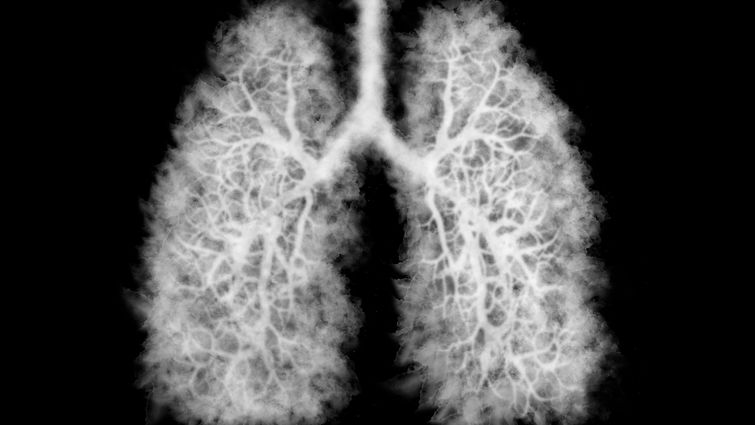
Researchers from Loma Linda University in recent years have conducted two studies in Southeast Asia showing that those who smoke are at greater risk of contracting infectious disease and spreading infectious disease. The researchers say the estimated 34 million adults in the United States who smoke may also be at greater risk of complications from COVID-19.
For eight years, investigators from the Transdisciplinary Tobacco Research Program at Loma Linda University Cancer Center have reported findings from National Institutes of Health (NIH)-funded studies conducted in Laos and Cambodia that revealed the use of tobacco increases a person’s susceptibility and transmission of infectious disease due to the frequent sharing of smoking tools and destruction of mucociliary function in the lung. In the study Mixed Methods Pilot Study of Sharing Behaviors among Waterpipe Smokers of Rural Lao PDR: Implications for Infectious Disease Transmission published in the International Journal of Environmental Research and Public Health, researchers found waterpipe smokers share their personal tobacco pipe with an average of five people per week. Frequent sharing of pipes increases the probability of spreading infectious disease.
On March 11, 2020, as the World Health Organization declared COVID-19 a global pandemic, Loma Linda University presented three different studies at the Society for Research on Nicotine and Tobacco in New Orleans linking tobacco use and tobacco pipes with infectious disease pathogens. These studies, funded by the National Institutes of Health, revealed that tobacco use and cigarette smoking were associated with higher rates of tuberculosis in Laos and Cambodia. The higher rates were discovered due to the damages caused by smoking to the mucociliary escalator — the protective function of the upper airway that removes pathogens from entering the lower/deep lung where complications are caused as seen in the COVID-19 pandemic.
The grant’s principal investigator Pramil Singh, DrPH, director of the Transdisciplinary Tobacco Research Program at Loma Linda University Cancer Center, says these findings can be instrumental in understanding how smoking can affect both the spread and complications from COVID-19.
“Before the pandemic, we saw tobacco use was associated with several infectious diseases including tuberculosis, HIV, and more,” Singh says. “Understanding the correlation can aid in smoking cessation and preventative measures nationwide to slow down the spread of the deadly COVID-19.”
Singh says increasing the number of smoking cessation programs in the United States and abroad would save lives and decrease the amount of the spread. Loma Linda University currently has smoking cessation trials in Mongolia and the U.S., and an innovative smoking cessation program for its employees. As Americans near the opportunity to return to work, Singh says employers can create smoking cessation programs to help their workers since only 6% of employers provide a discount on health insurance premiums to people who do not use tobacco products, and 10% offer a discount for participating in a program to quit smoking, according to the Society for Human Resource Management’s (SHRM’s) 2018 Employee Benefits survey report.
“With the support of employers, smokers are three times more successful in quitting smoking, according to a 2004 study involving General Electric,” Singh says. “These are difficult times, and we should take seriously any clues we can use to predict the causation and spread.”
For more information about Singh and his colleagues’ studies, visit the Transdisciplinary Tobacco Research Program website.
